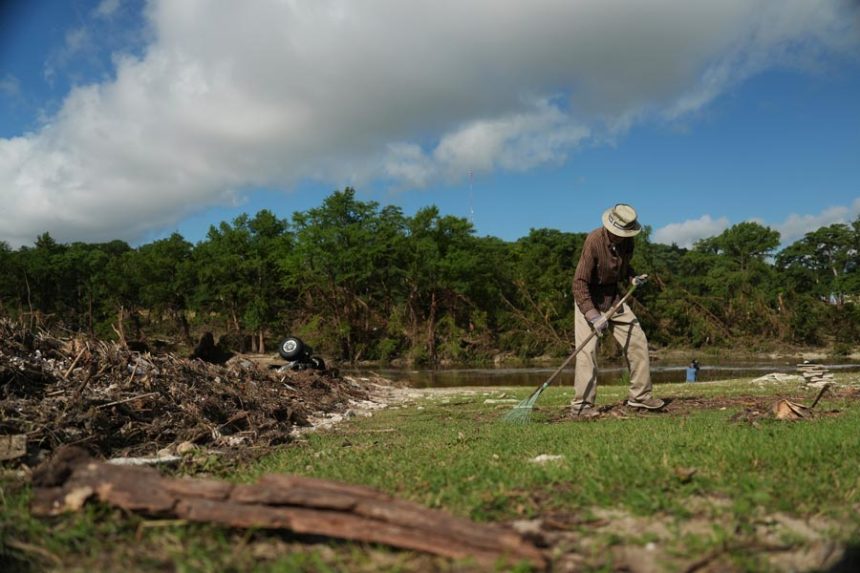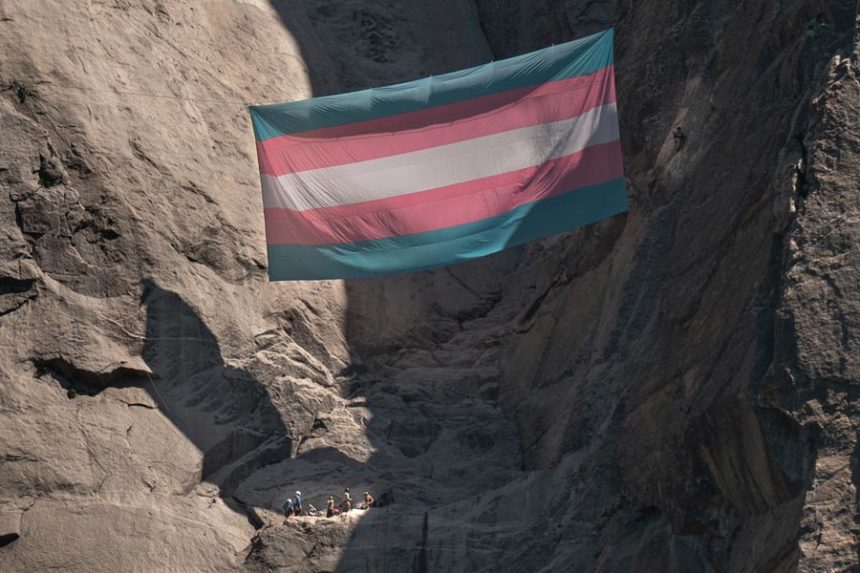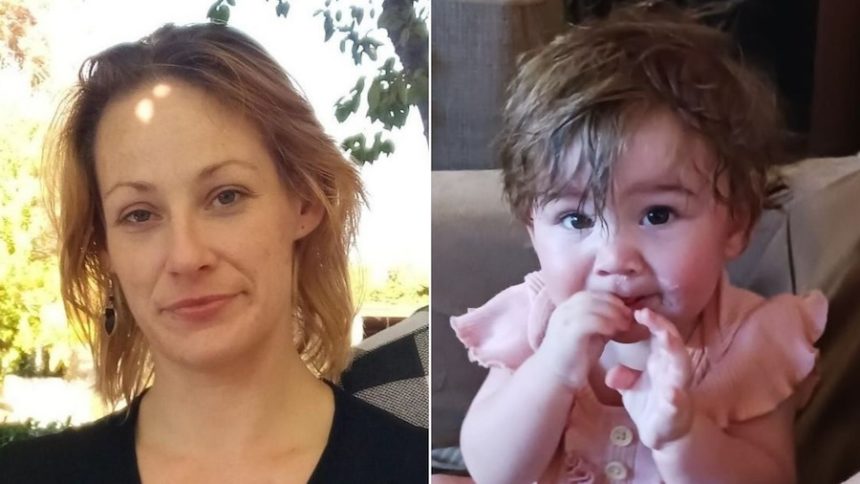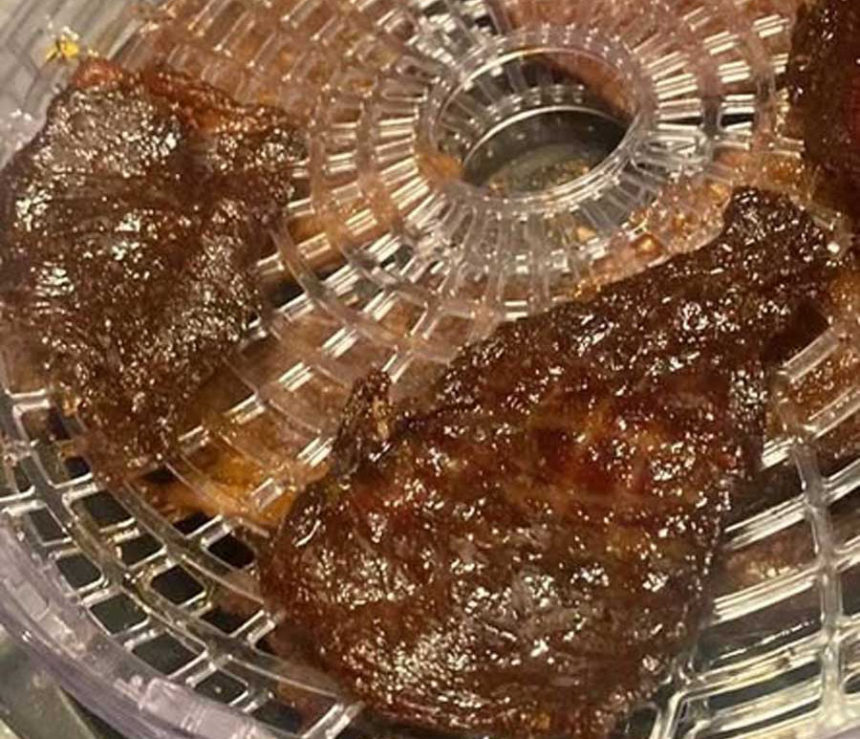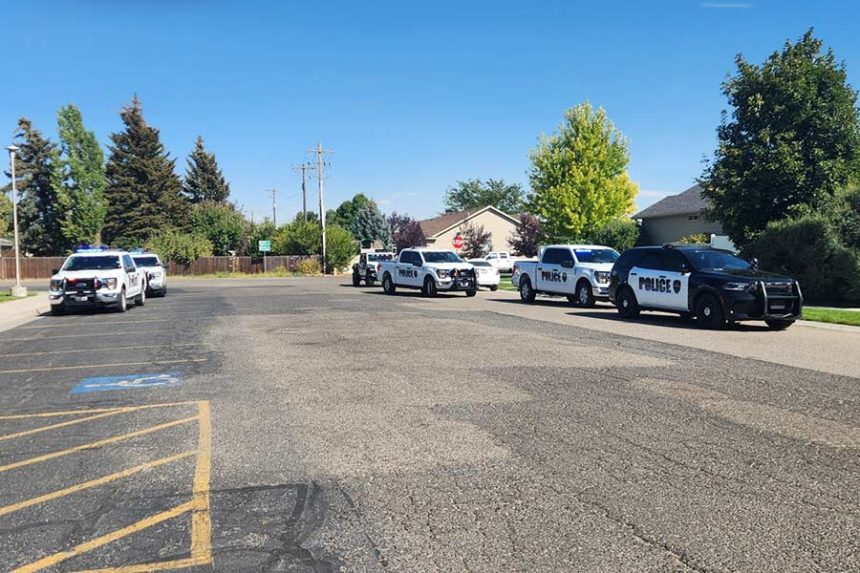KERRVILLE, Texas (AP)—Social media users are circulating unsubstantiated accusations that weather manipulation caused the damage wrought by the flash floods that killed over 100 people over the Fourth of July holiday weekend in Texas, while investigators hunt for victims.
Many cited a specific procedure, attributing the disaster to cloud seeding carried out on July 2 by a California-based business.
However, authorities claim there is no proof that cloud seeding caused the floods, and scientists concur that cloud seeding would not produce this level of precipitation.
Let’s examine the facts in more detail.
RELATED | A Texas flood that killed over 100 people claimed the lives of 27 campers and counselors at a girls’ camp.
CLAIM: During the Fourth of July holiday weekend, flash floods occurred in the Texas Hill Country as a result of a cloud seeding operation conducted by Rainmaker Technology Corporation on July 2.
The facts show that this is untrue. Experts say cloud seeding cannot have caused the floods because it can only create a limited amount of precipitation using pre-existing clouds. In a region already vulnerable to flooding, forecasts called for rain the weekend before July 2.
According to Andrew Dessler, director of Texas A&M University’s Texas Center for Extreme Weather, the idea that cloud seeding contributed to this sad incident is utterly baseless.
It is highly improbable that cloud seeding contributed to the floods, according to Dev Niyogi, a scientist who specializes in studying extreme weather at the University of Texas at Austin. He attributed the cause to weather-related elements, including the system’s extensive rainfall, the moisture flow entering the region, and the prediction of extremely heavy rains over a larger area.
Sen. Ted Cruz of Texas was questioned about such conjecture during a press briefing on Monday and responded, “To the best of my knowledge, there is zero evidence of anything related to anything like weather modification.” “The internet is a strange place,” he continued. There are a lot of wild notions that people might think of.
Social media users, however, questioned whether Rainmaker’s actions were related to the Texas tragedy.
Well, this is strange. According to one X post, on July 2, a business named Rainmaker carried out a cloud seeding mission over Texas Hill Country. The worst flood in their history happened two days later, right where the Rainmaker flights were. The entire purpose of Rainmaker is to help existing clouds produce more precipitation. Why do we allow these companies to manipulate the weather?
Numerous blogs also mentioned Rainmaker’s affiliation with Silicon Valley billionaire Peter Thiel, who was a co-founder of Palantir Technologies, a covert data-mining firm that has historically catered to the military, police, and spies. In 2024, Rainmaker CEO and founder Augustus Doricko received a $100,000 scholarship from the Thiel Foundation.
Cloud seeding is the process of creating precipitation or clear fog using an artificial substance, usually silver iodide. The practice is a vague endeavor with inconsistent outcomes.
Cloud seeding, according to Dessler, can be effective in a few specific circumstances and result in very slight increases in precipitation, but it frequently produces no results.
In any case, storms cannot be produced by the technique. It had nothing to do with the Texas flash floods, according to Ken Leppert, an associate professor of atmospheric science at the University of Louisiana Monroe.
According to him, cloud seeding adds aerosols to pre-existing clouds. It doesn’t function by assisting in the formation of an unexisting cloud or storm. Two days prior to the occurrence, the storms that caused the flooding and rainfall in Texas did not exist.
Because the Texas Hill Country is a dry, dirt-packed region where the soil allows rain to slide across the terrain rather than soak it up, it is inherently vulnerable to flash flooding.
On July 3, the National Weather Service issued an urgent warning for at least 30,000 individuals overnight following the issuance of a flood watch notice at noon. A especially strong storm that dumped the majority of its 12 inches (30 centimeters) of rain in the dark early morning hours was the precursor to the July 4 flash floods. According to local accounts, the Guadalupe River swelled about a foot higher than it has in ninety-three years as a result of the heavy rainfall.
The Texan Hill Country’s natural disaster is tragic. Texas is in my thoughts and prayers. As part of a string of X postings, Rainmaker CEO Doricko wrote. On the 3rd and 4th, Rainmaker did not operate in the impacted area and did not contribute to the flooding that took place throughout the region.
According to him, Rainmaker’s final cloud seeding mission before the floods took place over eastern parts of south-central Texas early on July 2. After being seeded, two clouds lingered in the sky for around two hours before fading. The same day, Rainmaker responded to the abnormally high moisture content by suspending its cloud seeding operations indefinitely.
